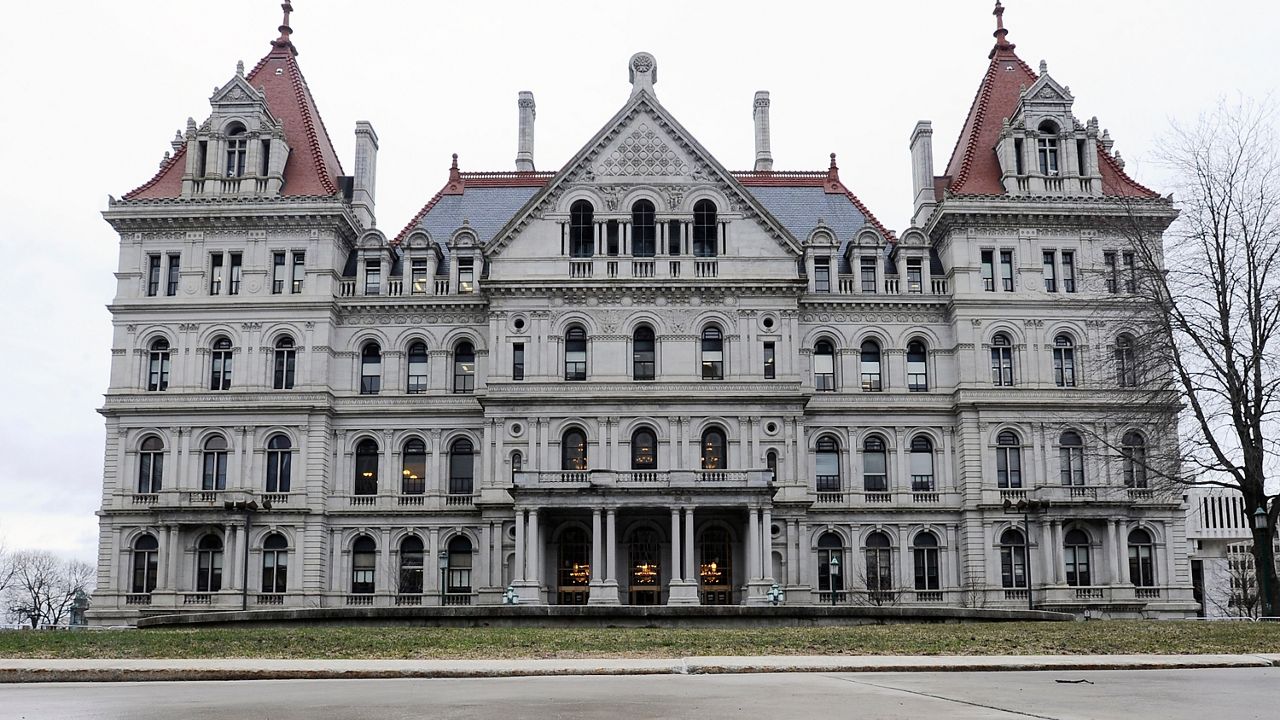New York's loss of a seat in the House of Representatives was met with groans — we were 89 people short of retaining 27 districts — and some quasi-fatalism — we could have lost two!
But blame was also cast on New York's business climate for packing off New Yorkers to warmer climates in the south and west, leading to a growth in population that is slower than the rest of the country.
To be clear: New York's population in the last decade did not decline as a whole, and in fact grew by more than 4%. But that's slower than states like Texas and Florida, which will have more representatives in the House and more political clout than New York as a result. And in upstate New York, many counties are expected to have a reported decline in their populations.
Some lawmakers on Monday blamed taxes for the moving vans heading to Texas. New York, like California -- which also is losing a seat for the first time -- is an expensive place to live and be taxed in.
"We lost them because we tax too much, we spend too much, and we fail to offer the opportunities that are available in more affordable states," said Sen. Robert Ortt, the minority leader in the state Senate. "It is an abject failure for the Empire State to be losing federal representation at a time when we should be leading the nation’s recovery. Our seniors, working families, small businesses, and all New Yorkers deserve better."
Rep. Lee Zeldin, a Republican running for governor, blamed Gov. Andrew Cuomo saying, "What else would you expect with Albany’s constant attacks on our wallets, our freedoms and our safety?"
New York's decline in influence in the House of Representatives has been decades in the making, and Republican and Democratic governors have presided over it. New York has not gained a seat through reapportionment in nearly 90 years.
In 1953, New York had 45 seats in the House of Representatives. After the next round of redistricting, the state will have 26. In the intervening decades, New York has been led by six Democrats and three Republicans in the Executive Mansion.
The decline is part of a decades-long shift to so-called Sun Belt states, said Sam Rosenfeld, an assistant professor of political science at Colgate University.
"This is part of a very long running regional decline relative to population growth in the rest of the country," he said. "It's a broader story of New York being part of older industrial northern stories that have lost population relative to Sun Belt states."
He added, "That very much redounds to a diminishment of New York's collective clout."
